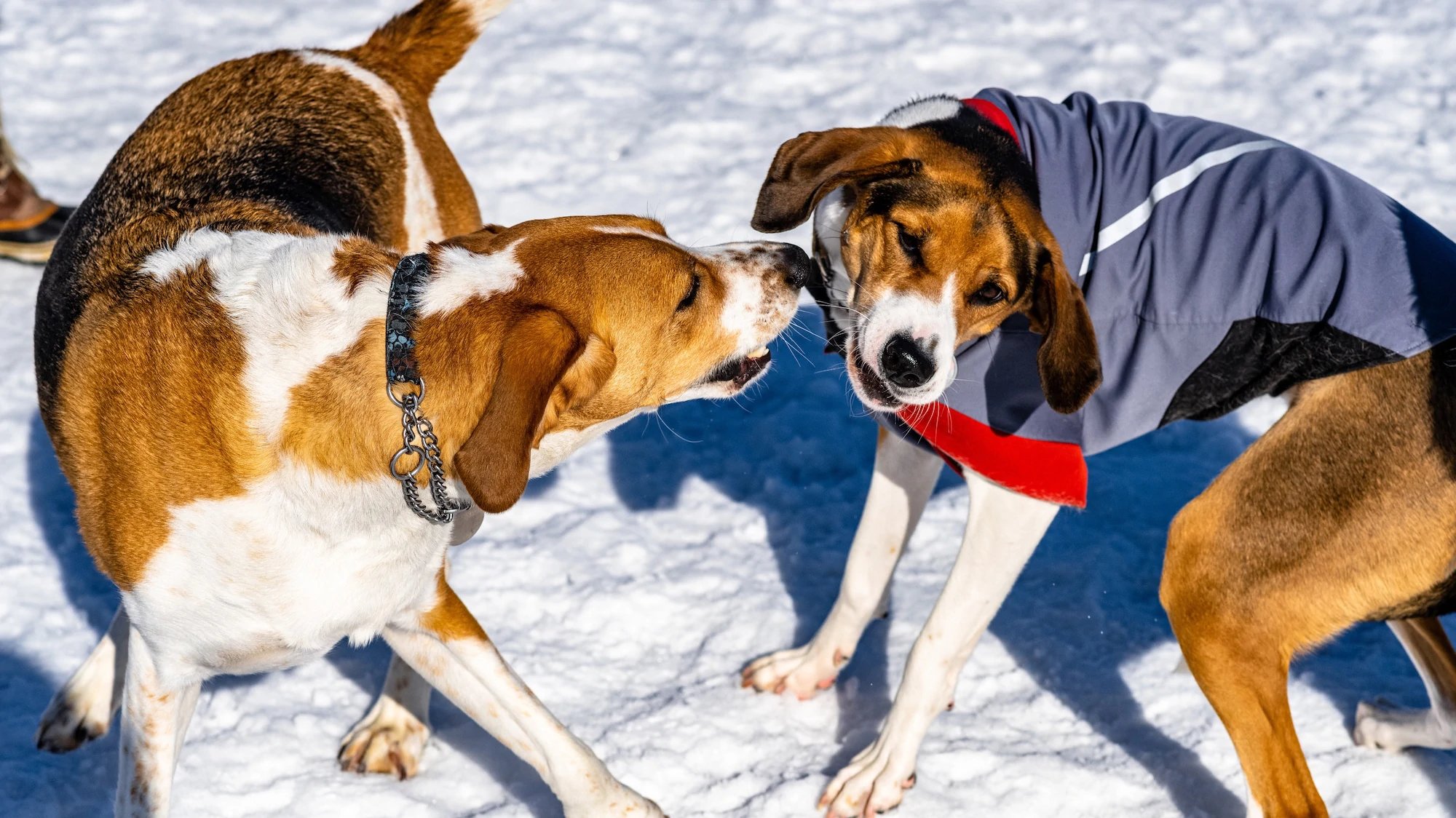The greatest misconception many dog owners have is to assume their dogs think the way people do.
Always Keep in Mind:
1. A dog is a dog
Dogs instinctively follow the same rules and exhibit many of the same behavioural patterns as their wild ancestors. To effectively train your dog, you must first understand her instinctual pack behaviour.
2. All dogs think in terms of survival
Dogs instinctively know that living with others, under the leadership of a capable and worthy pack member, increases their chances for survival. As a dog owner, your most important role is to model a leader’s strong and consistent characteristics so that you will be regarded as the leader and your dog will want to respect and obey you in order to feel safe. This results in a calm, happy and attentive dog.
3. Dogs don’t understand English
In addition to barking, growling, and other guttural sounds, dogs rely heavily on body language. And yet, your body language can easily be misinterpreted. By understanding how dogs communicate, you will avoid the confusion of telling your dog one thing while your body language and voice tone convey something completely different.
4. Dogs are neither spiteful nor deliberately naughty
There are 3 reasons why a dog ‘misbehaves’ or doesn’t do what you want and it can often be a combination of the three. Understanding this will help you address your dog’s behaviours.
- She does not understand (communication confusion)
- She does not care (lack of respect)
- She is suffering from stress or fear (lack of trust).
5. Aggression is instinctual in every breed
Whether Pomeranian or Great Dane, a dog’s breed has nothing to do with aggression. Aggression is an instinctive strategy to deal with fear of the unknown—of feeling threatened or vulnerable. By showing strong leadership and communicating in a dog way, you can help your dog learn and trust that you are capable of keeping him safe and he won’t need to resort to aggression.

6. You can teach an old dog new tricks
Dogs are continuous learners and have good memories. The three things that primarily influence a dog’s behaviour are association, experience, and instinct. By conditioning your dog and effectively showing him what you consider right and wrong behaviour, you can help him choose the correct behaviour.
7. Bad behaviours may be natural, but they don’t have to be normal
Most people consider digging, chewing and jumping as unacceptable dog behaviours—but to dogs, these are natural. As your dog’s primary educator and leader, it is your job to teach her that what she does naturally is not acceptable in the household.
8. It’s illogical to get angry with your dog
Dogs do only what comes naturally or what they’ve learned through association, so getting angry—or using physical force—is both inappropriate and counterproductive. Moreover, never use your hands for disciplining, because dogs find this provocative and threatening. Use your hands as little as possible when training. Make sure that your dog associates all hands with gentleness and pleasure.
9. Correct your dog in the moment
Because dogs learn from association, they will comprehend your communication regarding his actions only if it is delivered when he’s thinking about doing it or in the act of doing it. Because it can be difficult to catch your dog in the act, find ways to simulate situations in which your dog would normally misbehave so you can then correct him immediately and guide him to the appropriate behaviour, while praising his correct decision.
10. Dogs experience the world differently than humans
With 25 times more olfactory receptors than humans, dogs can sense odours at concentrations millions of times lower than we can. In addition, a dog’s eyesight has been described to be like that of a person who is colour blind. Dogs use cues (such as smell, texture, brightness, and position) rather than relying on colour. With acutely developed hearing, dogs can hear sounds four times farther away than humans—but dogs also hear selectively. They can sleep beside a blaring television, but wake up as soon as they hear something unrelated to that.
Find a Trainer
Want to learn more, or begin training? We can help, let us find the trainer nearest you so that you can reach out to them directly.



